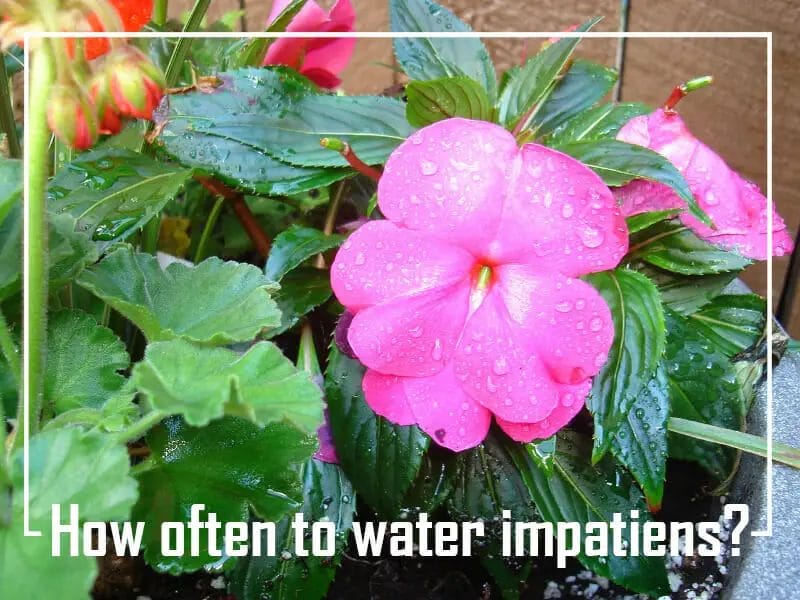Maintaining your water heater is a crucial aspect of home ownership that often goes overlooked until problems arise. One of the key components to consider in this maintenance routine is the anode rod. The anode rod plays a vital role in protecting your water heater from corrosion and extending its lifespan.
In this guide, we will take you through the essential steps for replacing your water heater’s anode rod, ensuring that your appliance continues to provide you with reliable and efficient hot water for years to come. By following these steps carefully, you can safeguard your investment and enjoy the peace of mind that comes with a well-maintained water heater.
How to identify when an anode rod needs to be replaced?
Water heaters can last anywhere from 10 to 15 years, but the anode rods need to be replaced every year to maintain safe electrical operation.
To identify when this is necessary, you’ll need to take the following steps:
– Check the anode rod for signs of corrosion. This includes looking for gummed-up deposits or discoloration.
– Check the anode rod wire for cracks or breaks.
– Test the anode rod’s resistance by putting a voltmeter on it and measuring the reading. It should be close to 3,000 volts.
– If any of these signs are present, then it’s time to replace the anode rod.
Related Post: How To Drain A Water Heater Without Drain Valve?
Replace Anode Rod in Water Heater: A Step-by-Step Guide
Step 1: Draining the Water Heater Tank Prioritize safety. To prevent scalding, start by disconnecting the power supply to the water heater (switch off the breaker for electric heaters or shut the gas valve for gas heaters). Then, close the cold water supply valve and attach a hose to the drain valve located at the bottom of the tank. Extend the other end of the hose to a secure drainage spot, such as a floor drain or outdoor area. Open the drain valve to release pressure and allow the tank to completely drain.
Step 2: Locating and Removing the Anode Rod You can usually find the anode rod near the top of the water heater tank, close to the hot water outlet. Employ a socket wrench, breaker bar, or even an impact wrench to loosen and extract the anode rod. It might require some effort due to potential corrosion, so exercise caution to avoid damaging the threads or the tank’s top.
If you have difficulty locating the anode rod, consult your water heater’s owner manual. Electric water heater anode rod location. Gas water heater anode rod location.
Step 3: Selecting the Right Replacement Anode Rod Selecting an appropriate replacement anode rod necessitates careful consideration of your specific water heater type and the quality of your local water supply. While magnesium anode rods are often preferred for heaters connected to water with high mineral content, Corro-Protec-powered anode rods surpass traditional options in terms of longevity.
Uniquely designed, Corro-Protec rods offer superior performance and durability, eliminating the need for frequent replacements. So, even if aluminum rods might suffice for heaters connected to soft water, Corro-Protec should be the clear choice for exceptional corrosion protection, regardless of water quality.
Step 4: Installing the New Anode Rod To ensure a watertight seal, apply Teflon tape to the threaded portion of the new anode rod. Insert the rod into the top of the heater and securely tighten it using your socket wrench or breaker bar. Ensure it’s snug but avoid over-tightening to prevent thread damage.
Step 5: Refilling the Water Heater and Testing After installing the new anode rod, close the drain valve and detach the hose. Turn the cold water supply valve back on to refill the tank. Open a hot water faucet in your home to release any trapped air from the system. Once the water flows consistently, you can close the faucet.
Step 6: Restoring Power to the Water Heater Once the tank is full, restore power to the water heater by switching on the circuit breaker for electric heaters. For gas water heaters, reopen the gas valve and follow the manufacturer’s instructions to relight the pilot light.
Why is it necessary to replace the anode rod?
Anode rods are crucial components of water heaters, and they must be replaced regularly to ensure proper function.
The anode rod is a metal rod that sits on the inside of the water heater tank and helps to remove impurities from the water. Without an anode rod, the water will become contaminated very quickly and will not heat up properly.
The most common reason for needing to replace an anode rod is because it has become corroded or ripped.
If this happens, the aluminum content inside the water heater will start to rise, which can cause serious problems down the line. In addition, if the metal becomes too corroded, it can even release harmful chemicals into the air.
Sooner or later, all water heaters will need to be replaced due to wear and tear – so it’s important to do it sooner rather than later! By replacing your anode rod regularly, you’ll keep your water heater functioning properly and safe for use.
Also Learn: How To Get More Hot Water From Your Water Heater
How often does the anode rod need to be replaced?
The anode rod on a water heater generally lasts between three to five years. After that, it really depends on the manufacturer, the quality of your water, and how much water travels through the water heater. Most manufacturers recommend inspecting the anode rod every two years. We also inspect it during our annual plumbing inspection.
The anode rod should be replaced every two to four years, depending on the composition of the water. If you are a new homeowner, be sure to inquire as to when the water heater was last serviced when you took possession of your home.
What are the consequences of not replacing the anode rod?
When you don’t replace your anode rod, the metal in your water heater corrodes. This can cause a number of problems, including:
– Rusting and pitting of the tank
– Leaks
– Reduced efficiency or even failure of the water heater
If any of these things happen, it can be costly to repair or replace your water heater. That’s why it’s important to follow The Family Handyman’s advice and replace your anode rod when necessary.
Frequently Asked Questions
What Are the different types of anode rods available?
What are the best practices for replacing an anode rod in a water heater?
How do I remove and replace the anode rod without causing further damage?
What should I do if the breaker trips when I try to replace the anode rod?
Conclusion
Anode rods are an essential part of your water heater system. Without it, the entire system can become compromised and may even lead to major issues, such as overheating water or bursting pipes. The right replacement can ensure that these risks do not occur in your home anymore, so make sure you follow the steps we have explained above.






